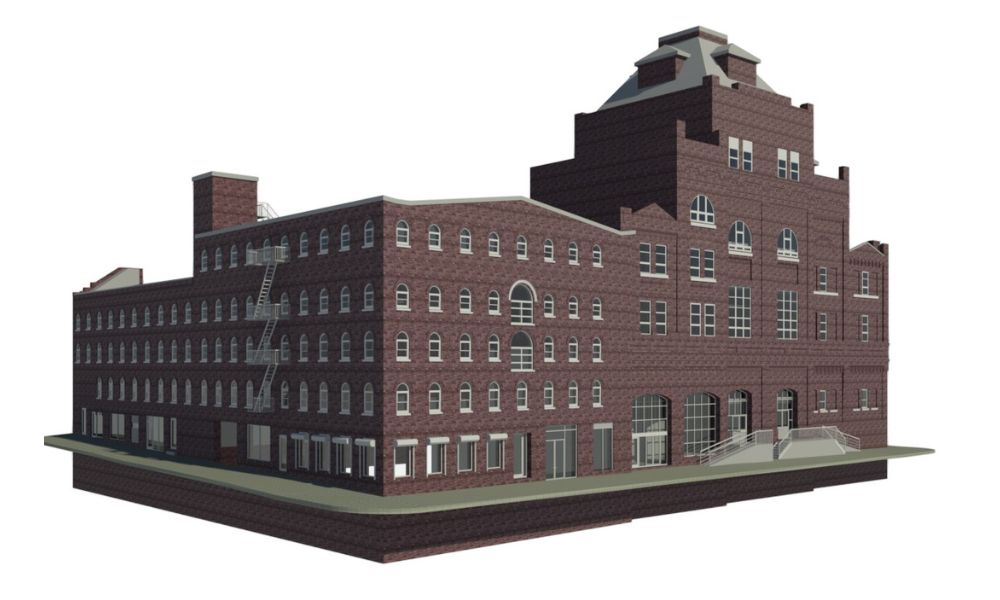G&P Associates - Blog
Benefits of Revit Modeling for Architectural Design
Posted: February 22, 2024

Building Information Modeling (BIM) often takes the form of the program known as Autodesk Revit. This software suite is a digital Swiss Army knife for architectural designers, as it features a plethora of tools that improve efficiency, precision, and communication. Let's explore the benefits of Revit modeling for architectural design.
A Single, Streamlined Workflow
Revit's most evident advantage is that it streamlines previously fragmented workflows. Traditionally, architects and engineers would work in isolation, potentially leading to disjointed designs and miscommunication. As a top-notch BIM 3D scanning system, Revit exists as a centralized database, ensuring all project contributors draw from the same information pool.
This unified platform encourages a collaborative ecosystem where various elements of a project, such as site plans, elevations, and schedules, get real-time updates. Architects can integrate their designs with structural and MEP (mechanical, electrical, plumbing) engineers and create a detailed building model in the early stages.
Accurate Designs
Gone are the days of relying solely on 2D drawings and blueprints, which are prone to errors and omissions. Revit's 3D modeling capabilities offer a great framework for precision. With intelligent parametric components, the software allows architects to maintain the integrity of their designs while ensuring changes in one part of the model propagate consistently throughout.
The final product will reflect the nuances of the design, reducing the likelihood of clashes and rework in the construction stages. With its ability to create high-fidelity virtual representations, Revit allows architects to explore various design iterations and assess their performance and aesthetics in a virtual environment.
Efficient Design Changes
Change is constant in architectural design, and Revit handles it with flexibility and agility. While a minor alteration in a 2D drawing could lead to major disruptions, Revit's parametric modeling implements modifications seamlessly across the model.
Moreover, the software's ability to perform differential analysis—comparing current and past design versions—empowers architects to evaluate and justify changes with data. This not only makes alterations more manageable but also enhances the decision-making process by providing insights into how each change influences the project as a whole.
Improved Project Coordination
Coordinating various teams is a monumental task in complex projects. Luckily, Revit benefits modeling in such architectural endeavors. By integrating scheduling and phasing tools that allow for detailed project management within the BIM environment, all teams will be much more in tune with each other.
By linking models with time-based data, architects and builders can coordinate more effectively, minimizing time and cost overruns. The platform's scripting capabilities also enable the automation of repetitive tasks, further optimizing project coordination and management.
